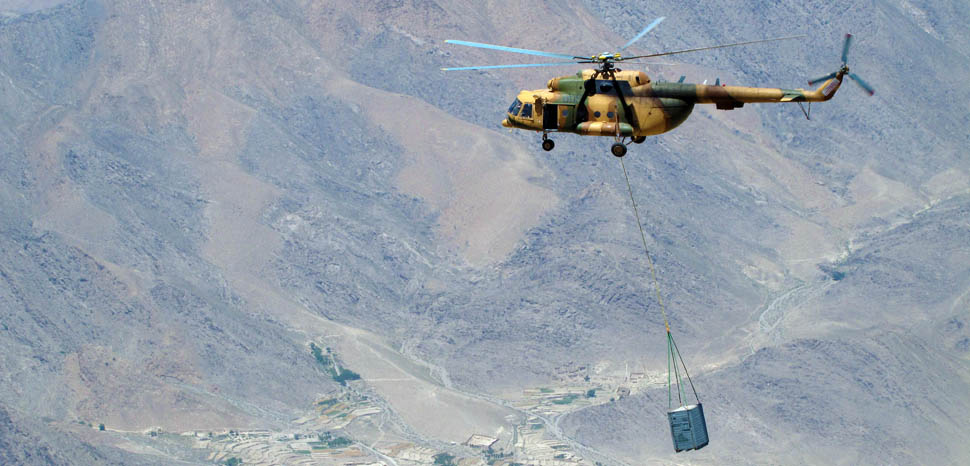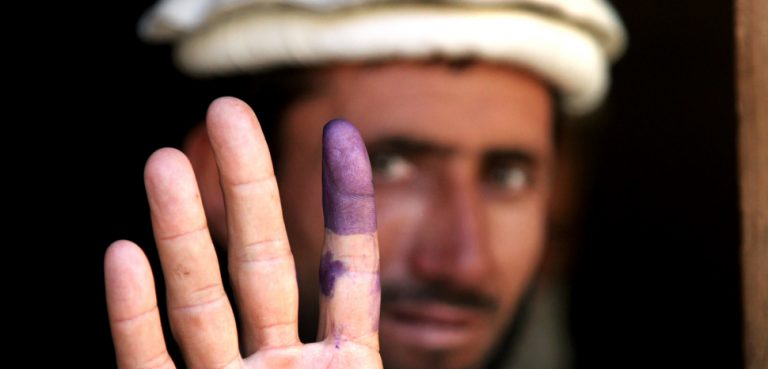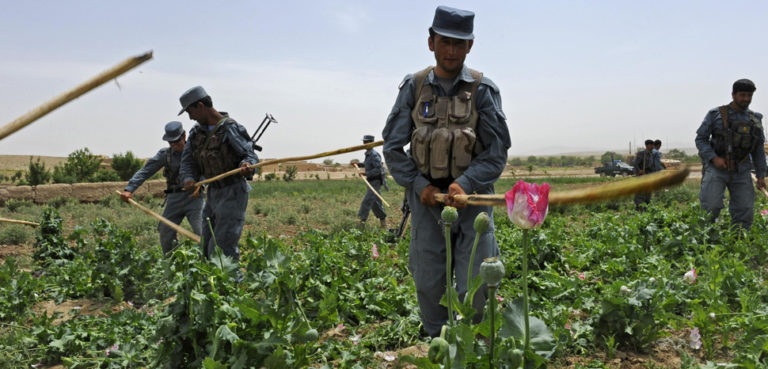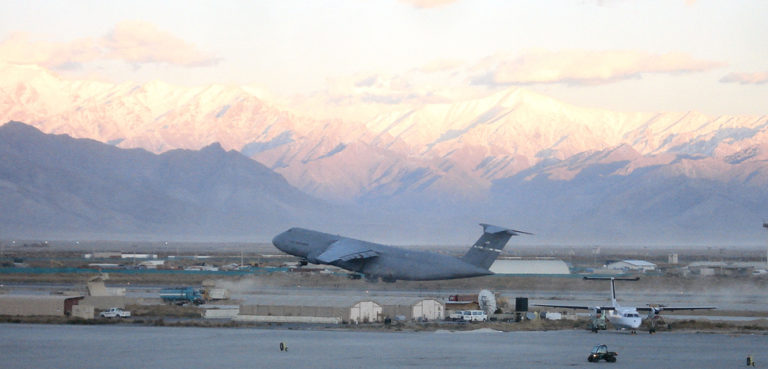The the US government spent over $2 trillion on the war in Afghanistan, the equivalent of around $275 million per day over the course of two decades. For context, that’s roughly equivalent to the GDP of Italy; or more than double the amount spent on the Vietnam War, adjusted for inflation. Moreover, the $2 trillion figure hides hidden costs that will ultimately further inflate the bill in the future, like debt servicing (the war was overwhelmingly financed by borrowing) and healthcare costs for US combat veterans.
The $2 trillion figure includes operation costs for the US military along with aid and security support for Kabul. Of the latter, some $88 billion went toward training and equipping the 300,000-strong Afghan security forces (a number that includes police as well).
When outlining the vulnerabilities of the US-backed Afghan military, Neha Dwivedi, a Janes research analyst cited by Politico, put it the following way: “While the Afghan security force boasts of sophisticated and technologically advanced weapons, it suffers from a lack of cohesiveness, corruption, and mismanagement… The Taliban, on the other hand, lacks high technology weapons but appears financially stable with a stable cohesive group.”
Well now the Taliban has the cohesion and the technology. And though the militant group itself presently lacks the mechanical expertise and training to use the more sophisticated captured equipment, there are certainly those in Afghanistan who do have the knowledge and might be convinced to cooperate. However, one should keep in mind that, at least with regard to the helicopters and planes, there were doubts that even the US-backed government would be able to keep them in the air absent persistent on-the-ground support from US contractors and support staff. While there’s no doubt that this represents a foreign policy disaster and an egregious, unprecedented waste of US taxpayer money, the threat of the Taliban fielding a modern air force remains low.
A costly list of captured arms and equipment
Here’s a non-exhaustive list of US-provided arms, equipment, and platforms that the Taliban is believed to have seized in the takeover:
- 60 UH-60 Black Hawk helicopters
- 10 Cessna 208 planes
- 4 C-130 Hercules transport planes
- 30 MD-530F Cayuse Warrior helicopters
- 20 A-29 Super Tucano planes
- 10 Bell UH-1 helicopters
- Tens of thousands of light tactical vehicles, military trucks, and Humvees, which have been provided to the Afghan security forces over the years (often with very little auditing oversight). By one count, some 25,000 Humvees had been deployed in Afghanistan by 2021.
- Billions of dollars’ worth of small arms, assault rifles machine guns, and ammunition. Again, official oversight has been lacking here, but by one estimate from non-profit group Action on Armed Violence, over 500,000 such weapons were delivered to Afghan forces through 2016 – the equivalent of well over one weapon for every member of the Afghan police, army, and air force. It’s safe to assume that even more weapons have arrived in the meantime. Incidentally, these arms were infamously prone to disappearing from government arsenals and ending up in Taliban hands even before the group’s military blitz last month.
It remains to be seen whether the US will try to destroy some of the big ticket platforms rather than let them fall into Taliban hands, as was the case when Ramadi was overrun by Islamic State in Iraq. There seems to be a window of opportunity for the Taliban to transfer these assets to safer locations, as US airstrikes would likely jeopardize the goodwill that the Pentagon is relying on to shuttle its personnel out of the country. Moreover, the logistical difficulties of conducting reconnaissance and airstrikes out of far-flung airbases in the Gulf are well-established at this point. In the end, it’s possible that most of these platforms end up in Taliban hands, though their main utility will be propagandistic rather than military, at least over the short- to medium-term.




